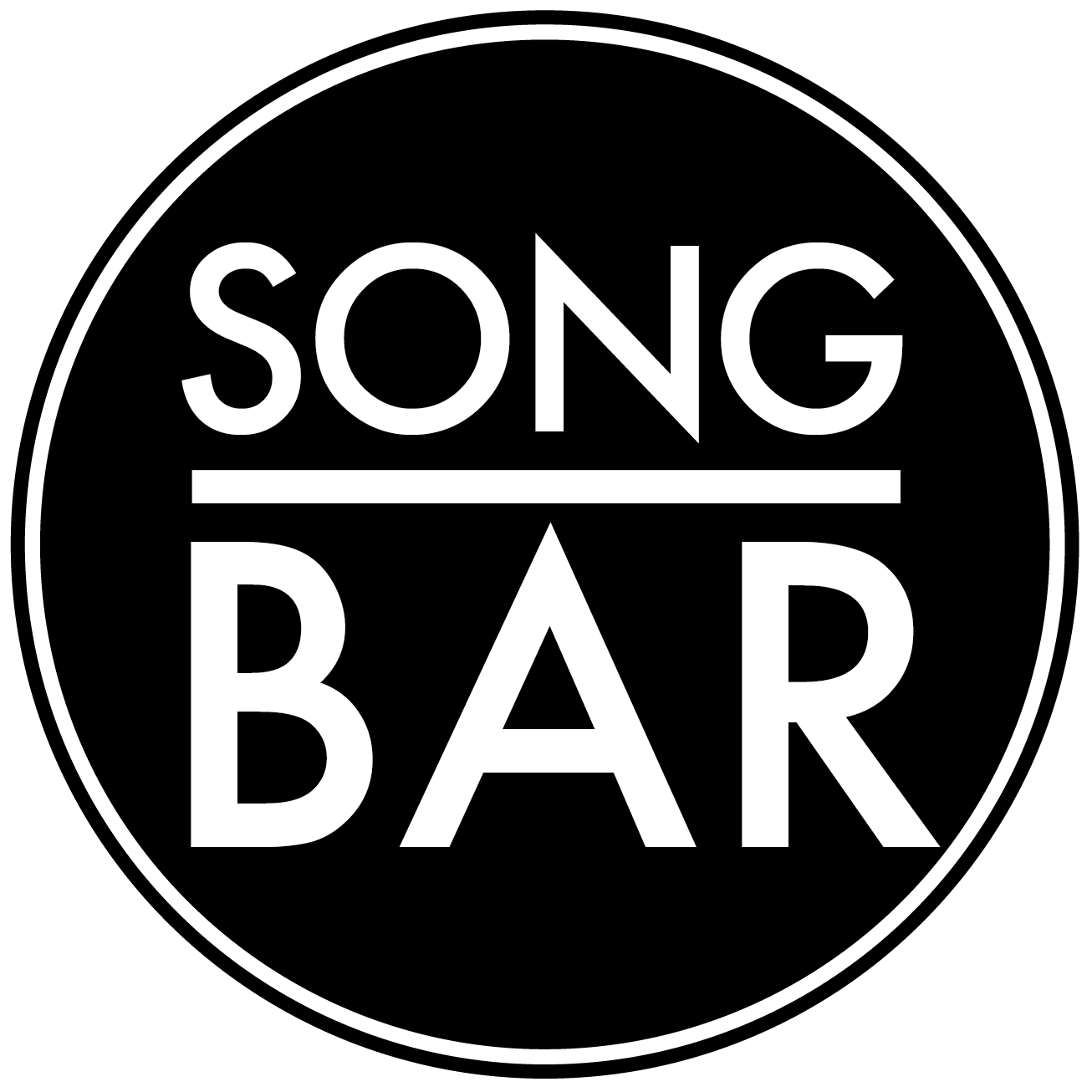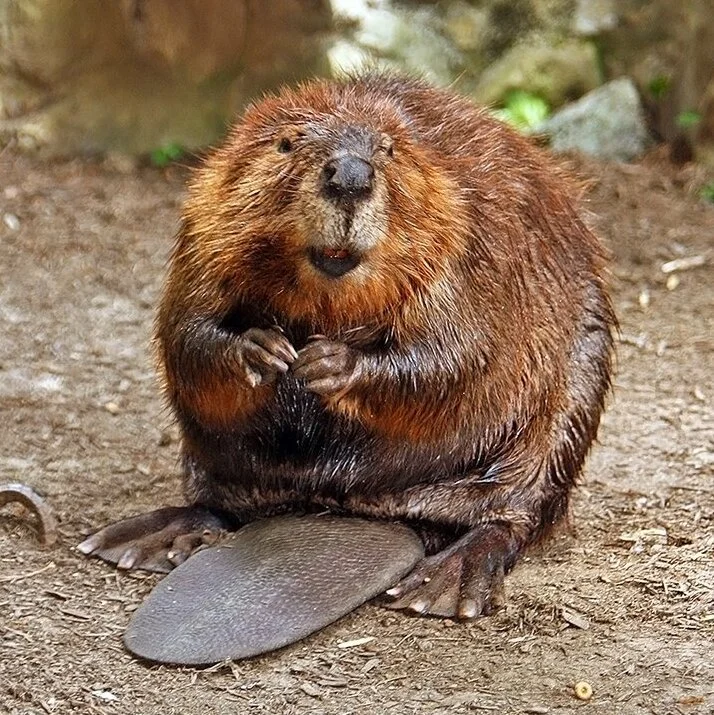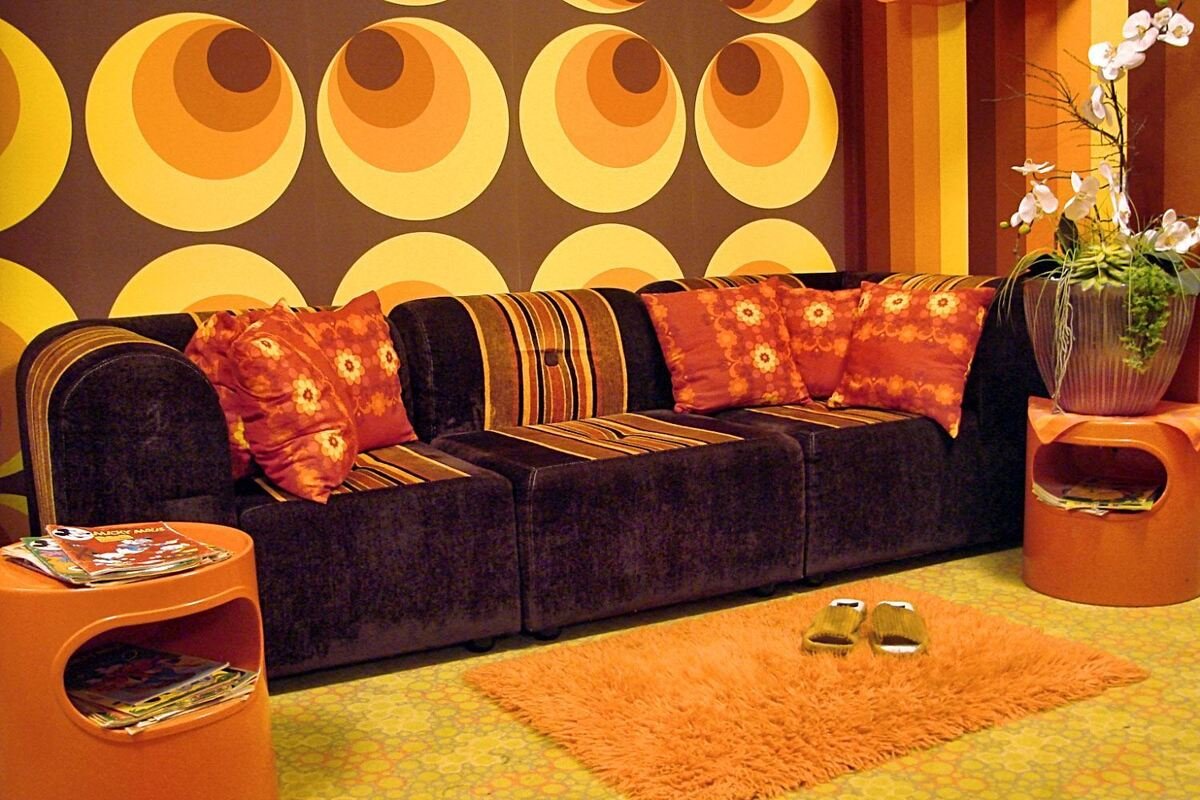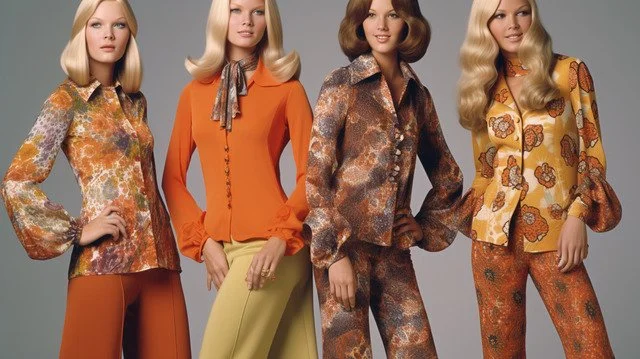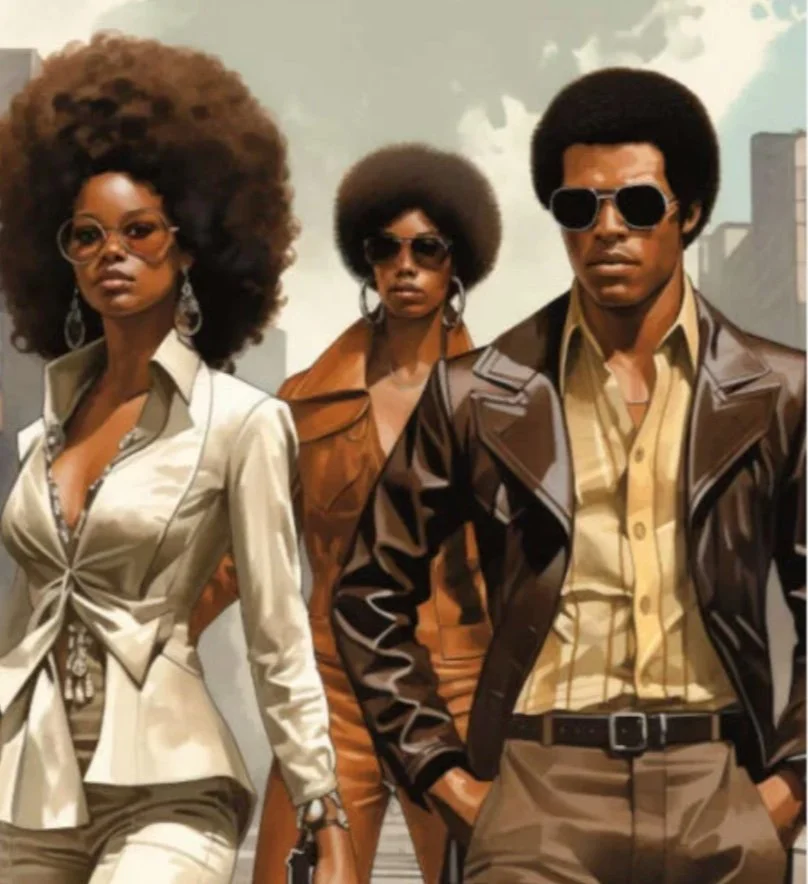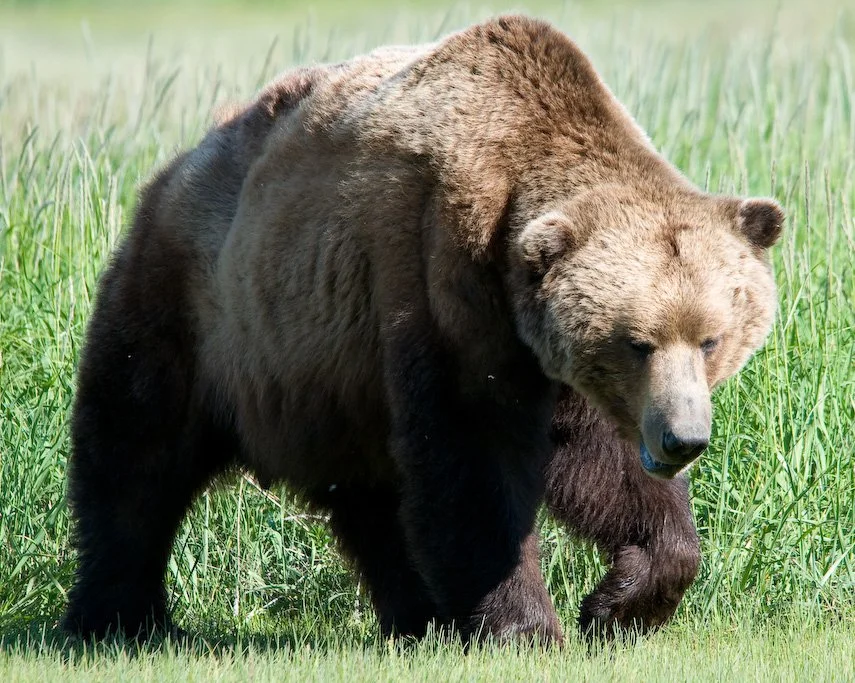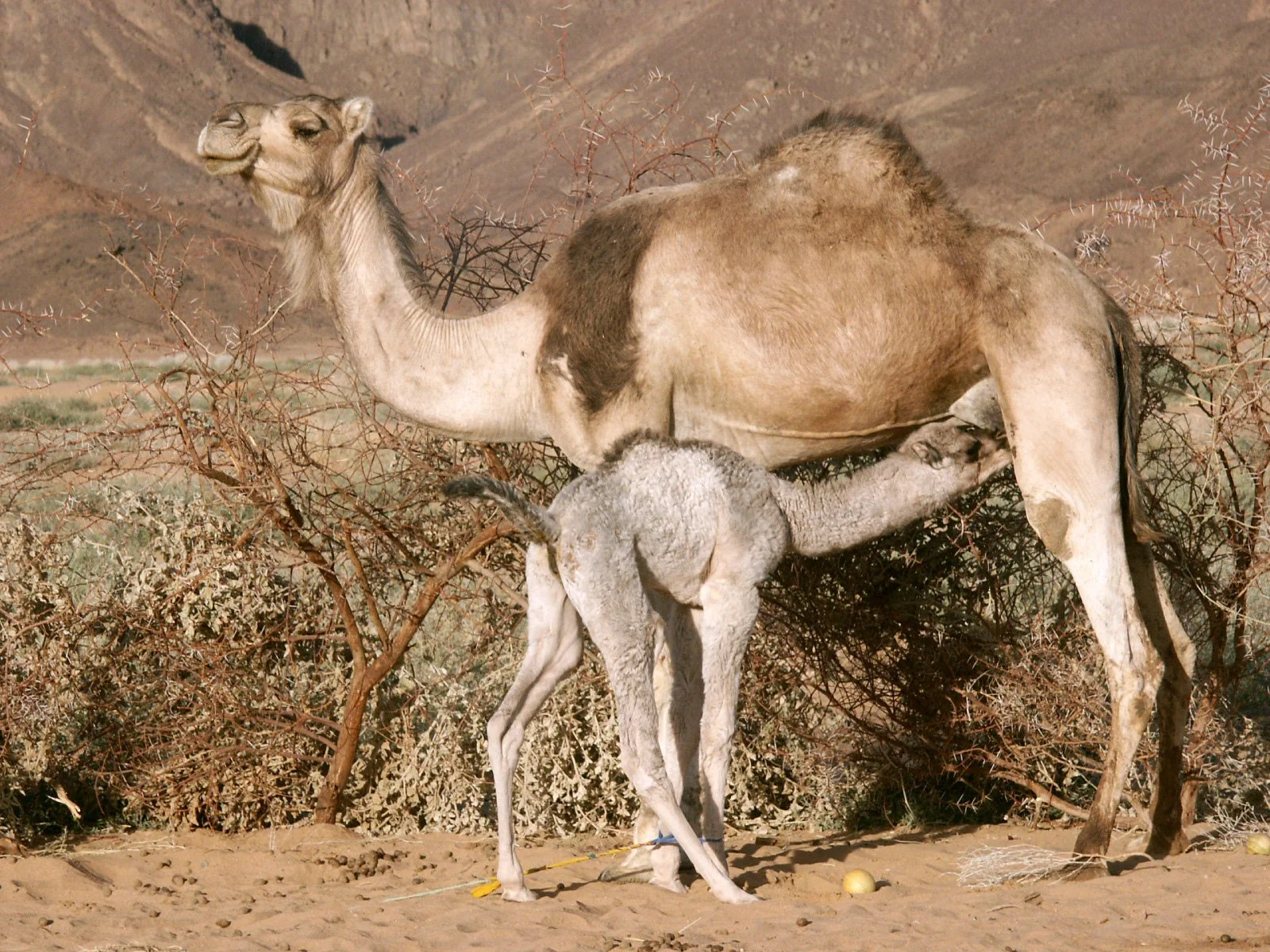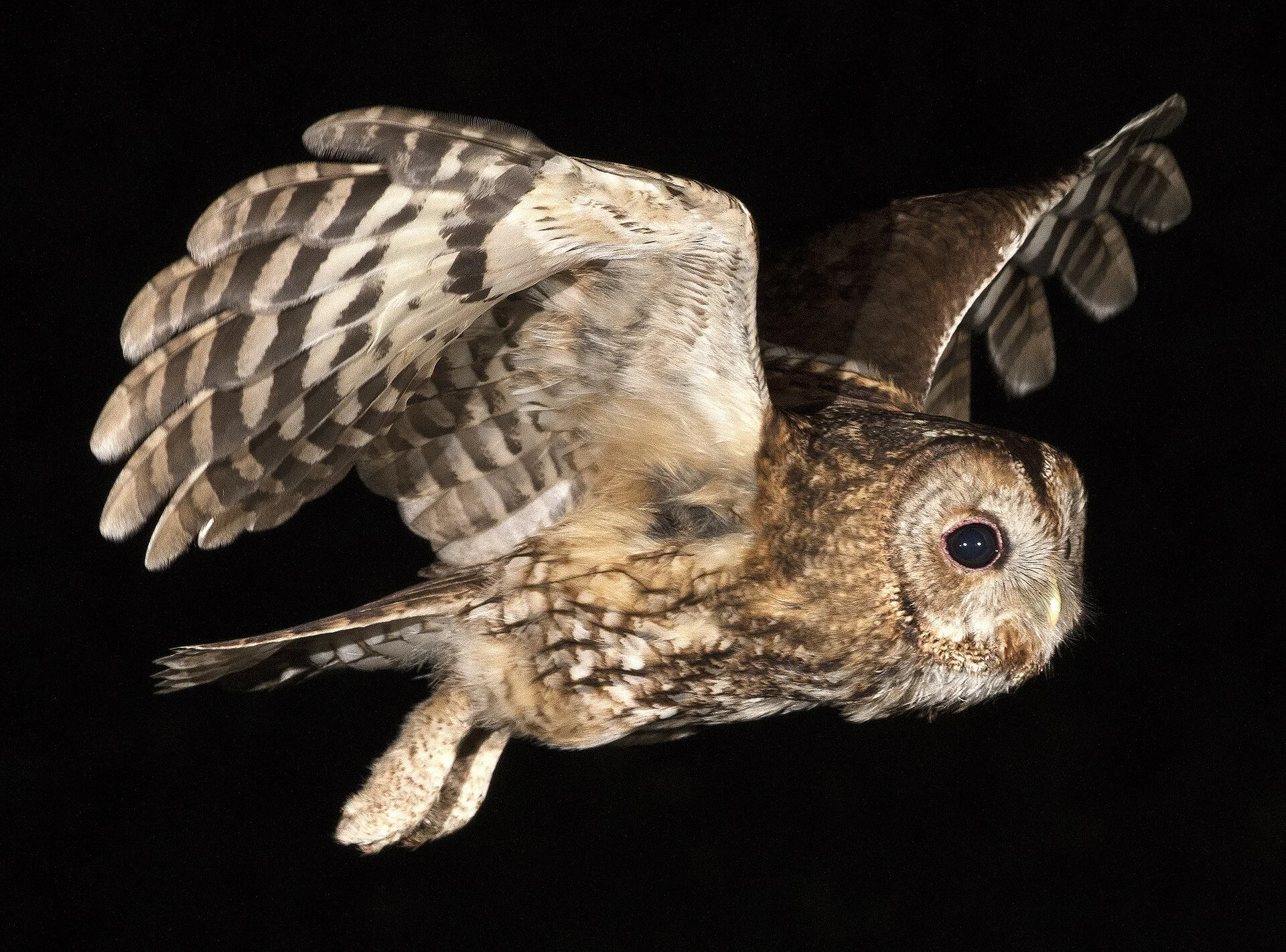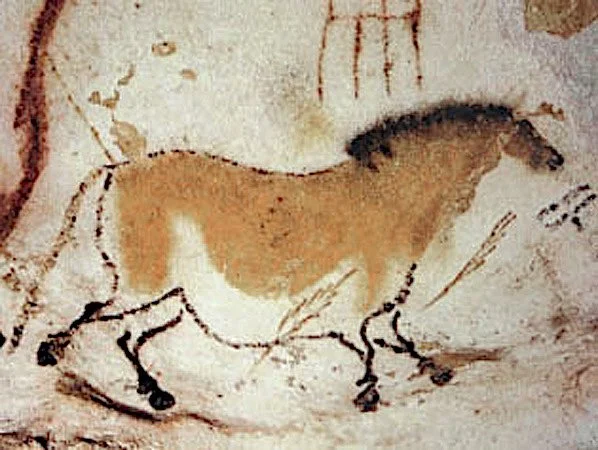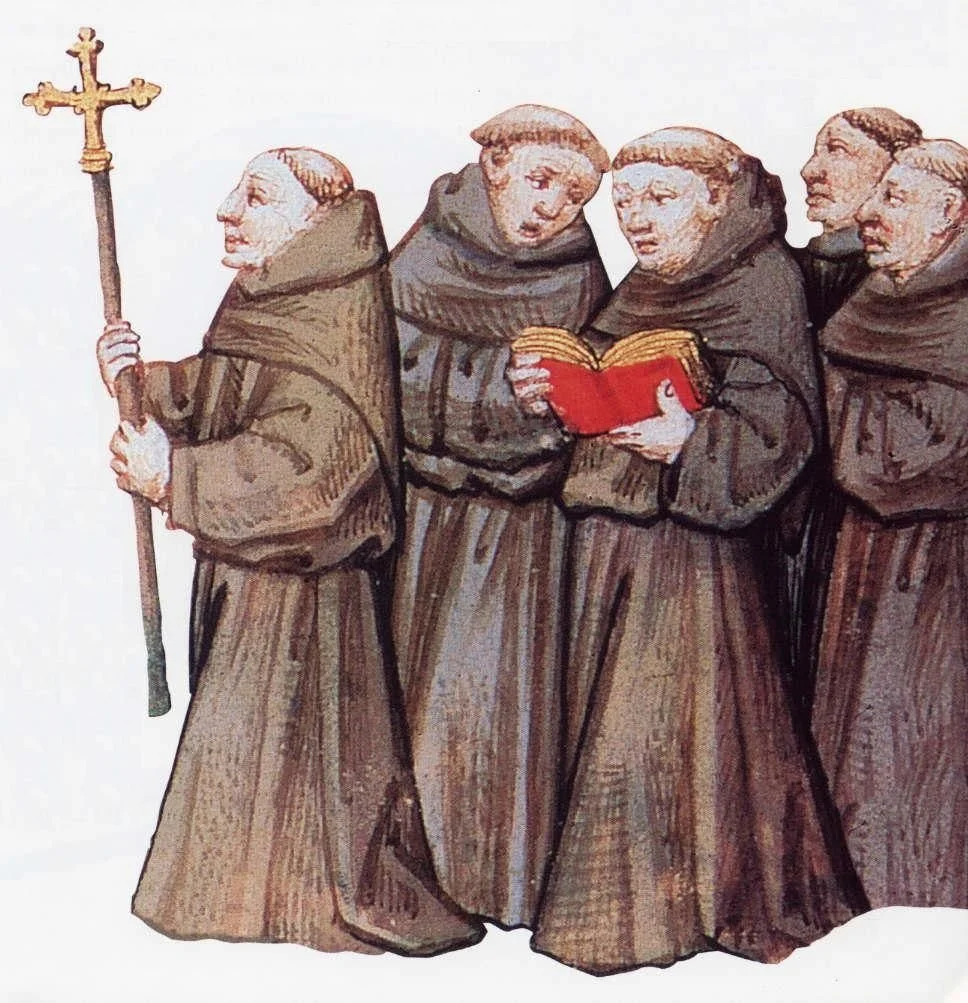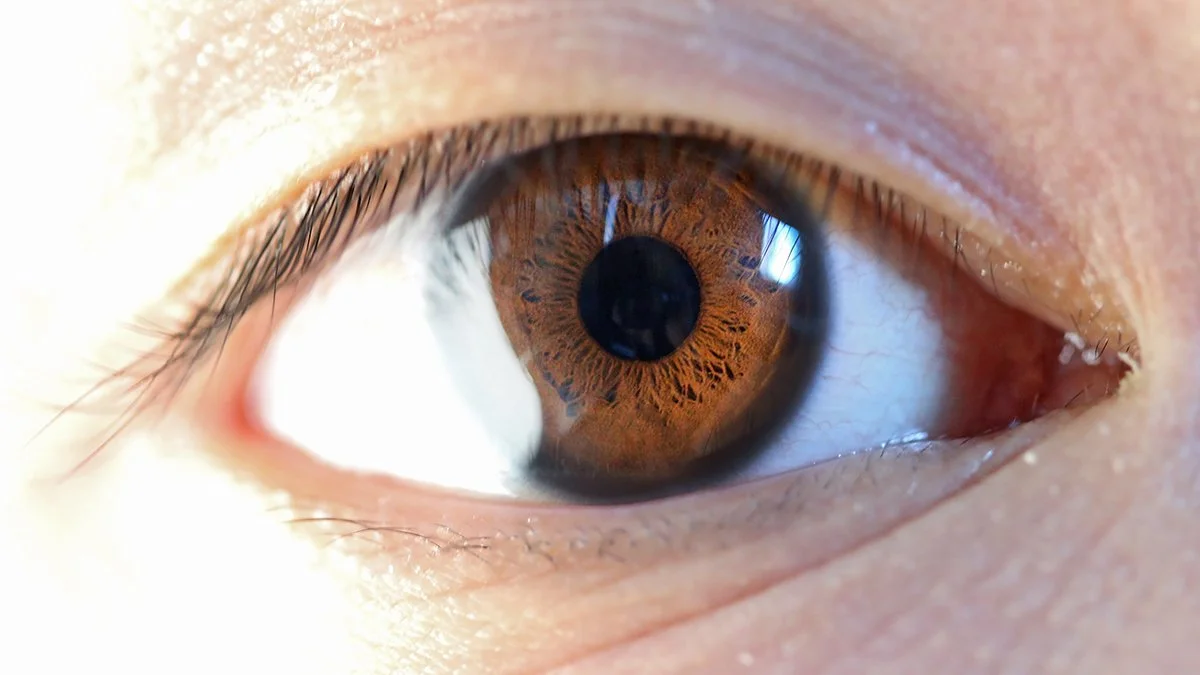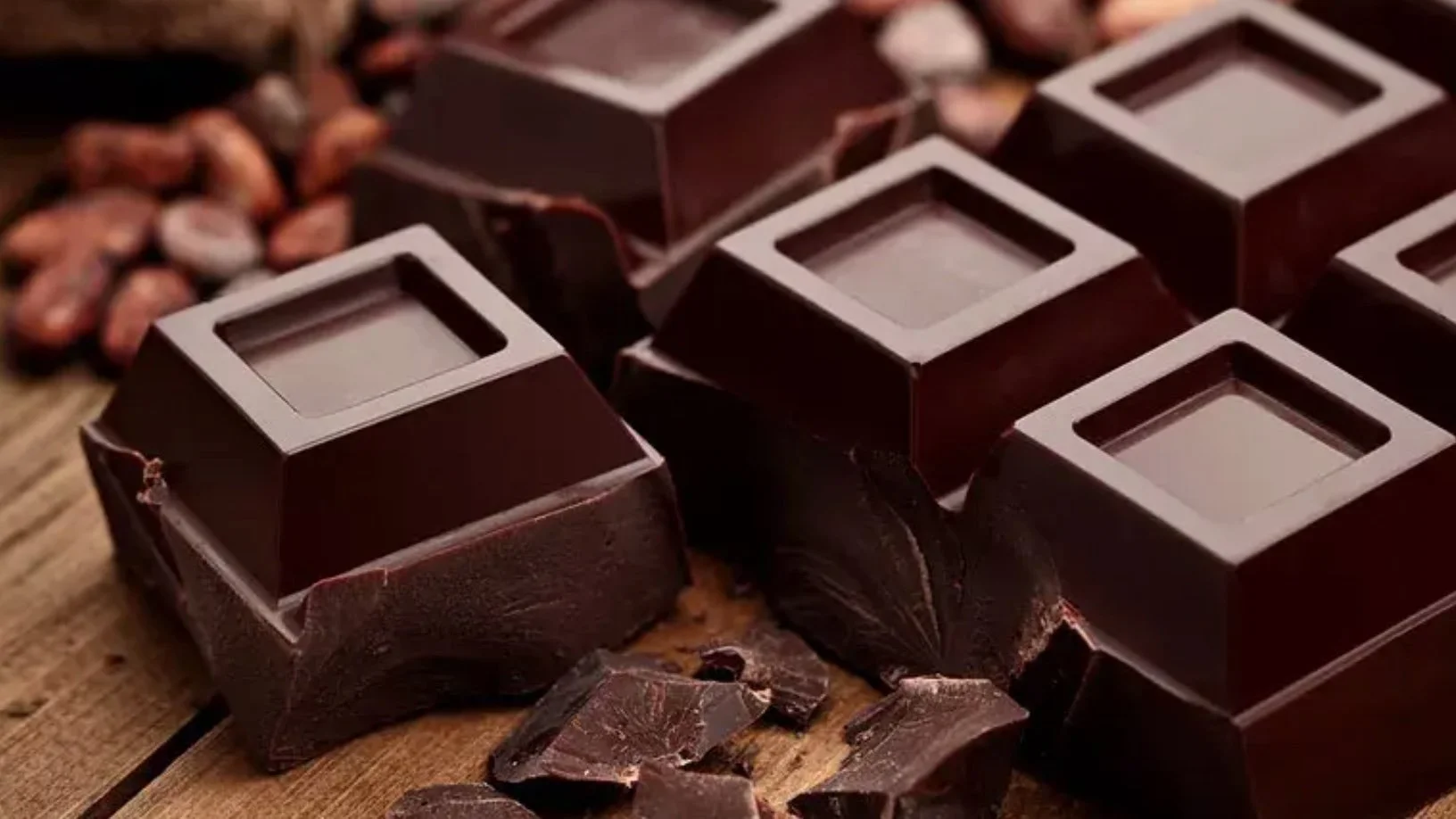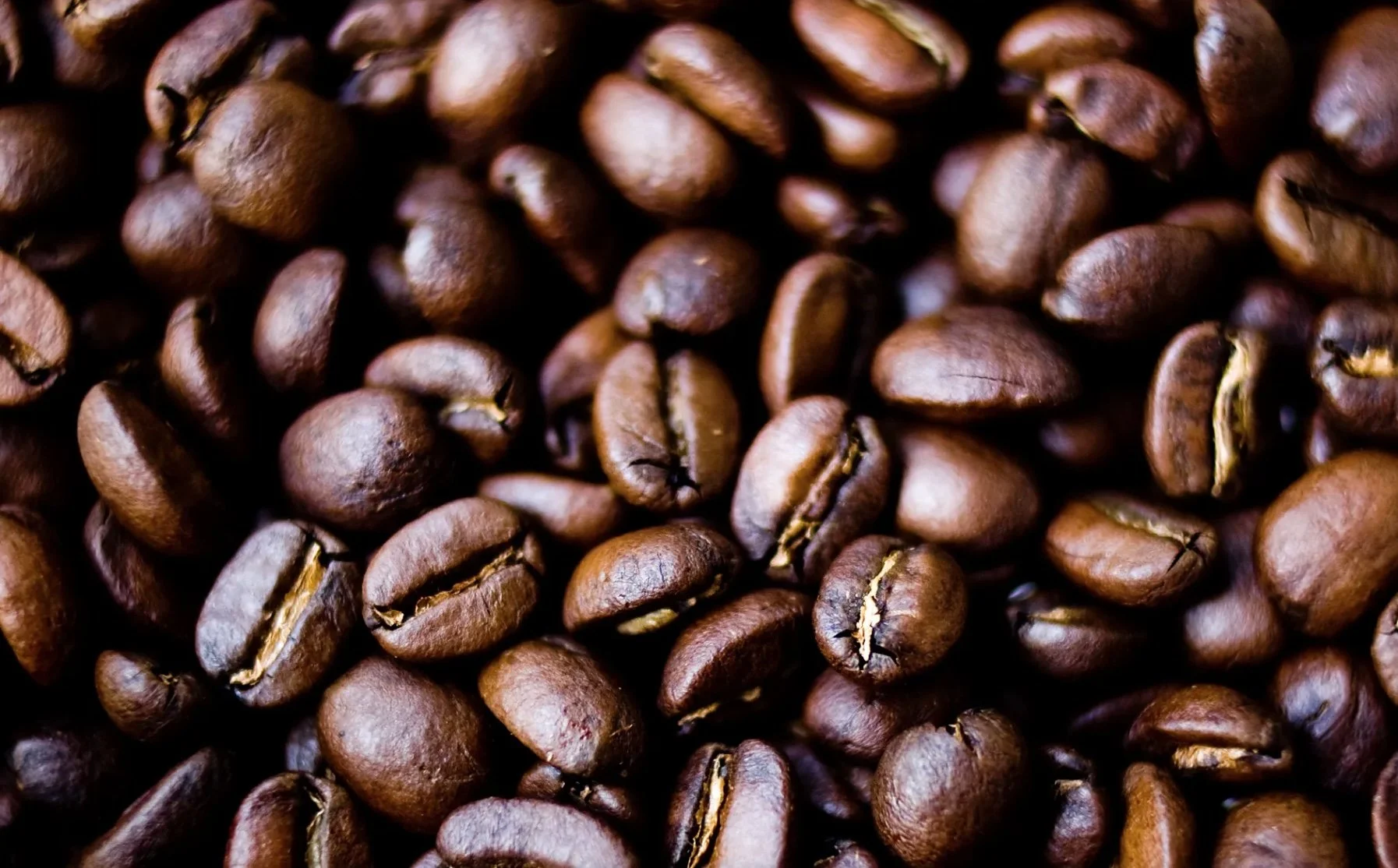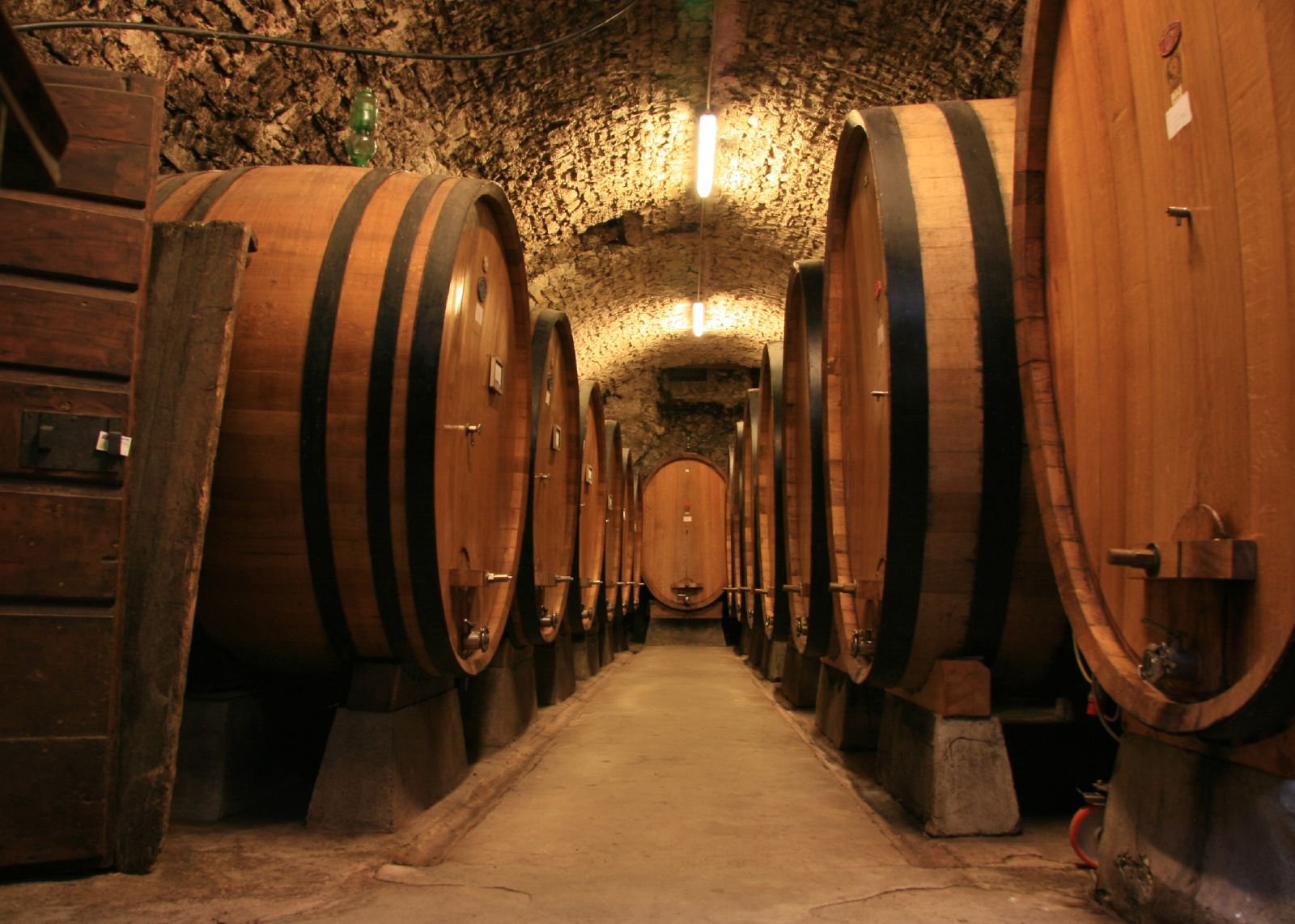By The Landlord
“Brown is the color of hearth and home – of dried herbs and stone-ground bread and freshly baked cookies. It represents all of the nurturing, life-sustaining, down-to-earth qualities of terra firma, the very shade of earth itself. Just as in the sturdy oak, brown represents roots, a steady, stable source of security, comfort, and normalcy. It is the colour of fertile soil and plowed earth. Brown is considered a classic shade of solid substance.” – Leatrice Eiseman
“The colour brown, I realized, is anything but nondescript. It comes in as many hues as there are colors of earth, which is commonly presumed infinite.” – Barbara Kingsolver
“A baton of light across the bracken redeemed the reputation of the color brown with fiery reds and yellows.” – Ian McEwan
“Your eyes will be brown, a colour that holds secrets well.” – Dawn Kurtagich
“When properly used, brown paint produces indescribable inner beauty, self-restraint.” – Wassily Kandinsky
“Afoot and light-hearted, I take to the open road,
Healthy, free, the world before me,
The long brown path before me ...” – Walt Whitman, Song of The Open Road
Common, dull, sensible, rustic, crap and drab? Or richly fertile, warm, baking, comforting, beautiful and natural? A dark orange composite of yellow, red and black, but also many shades in its own right, brown is thought to be least popular of all the colours, but that's partly because it's extremely populous. It's probably Earth's most prevalent skin, eye, hair and fur colour, not to mention, in conjunction with green, extremely prevalent in the natural world, where beauty is found from the depths of the soil to the tops of trees. And we likely drink more brown, in the form of tea, coffee or beer, than any other colour. It's perhaps the first, and last colour of life. Brown is healthy, fertile, it's a cross-breeding mixture. So perhaps it's good to be more brown. The world is brown, and brown is us.
I find brown quite comforting. It's certainly a colour of my early childhood, with all sorts of sepia memories. Back in the 1970s, brown was very much in vogue, certainly along with various shades of orange. Brown suits, shirts and trousers were widely word (particularly a the collar and flare area , at some point I had a brown school uniform, and in some houses, even the sinks and bathroom fittings were brown. Wallpaper absolutely celebrated brown. Unfortunately our living room was nothing as groovy or stylish as this, nor were any of the people I knew, but this is sort of how I like to remember it:
1970s: warm colours, cool styles …
So then, this week it's a topic fertile for the imagination, easy on the eye, and gently stimulating to the ear, with a whole world of brown objects, people and places where that colour is prominent in the titles and lyrics, not as a name, but as a definite shade that hits our visual and other senses when we hear the word and other associated shades. It might have socio-political meaning, point to all kinds of beauty, or be a vehicle for poetic detail. But there's a vast world of brown to enjoy ...
Auburn, almond, beaver, dark beige, bistre, bean, bole, bone, brown sugar, buff? Already there's a whole load of sensual stimuli. Camel, chamomile, cocoa, chocolate, coffee, chestnut, copper, coyote? Now we're getting exotic and animal, tasty and sensual.
Desert, dun, dune, ecru, fallow, fawn, fulvous, golden brown, goldenrod or harvest gold? This is also sounding like a trip to a posh paint shop as well as a vivid dream.
Iron oxide, khaki, kobicha, lion, limonite, liver, mahogany, dark maroon and ochre? Where are those words taking you?
Redwood, russet, rufous, rust, sand, sepia, sienna and sinopia. Now we're really travelling. Tan, taupe, tawny, umber, walnut, wenge or wheat? This also is the colour of the end of summer heading into autumn.
Is brown brilliant or banal? “I cannot pretend to feel impartial about colours. I rejoice with the brilliant ones and am genuinely sorry for the poor browns," remarked Winston Churchill, probably when at ease, away from politics and busy his own hobby with painting easel, but brown was the colour of the military on which his career relied, from khaki and beyond.
But shades of brown have been much enjoyed and far more celebrated by famous artists, and has a strong place in the roots of our culture, and long before. The word is from Old English brún, meaning any dusky or dark shade of colour and has been part of our language for over a thousand years. In Common Germanic brûnoz and brûnâ meant both dark colors and a glistening or shining quality.
Brown is the dominant colour on the first known art, in those early paintings of animals, including a dun horse on the wall of Lascaux Cave in France, on paintings of people in Egyptian tombs, and is the dominant colour of earthenware terracotta pots in Ancient Egypt.
Lascaux Cave paintings in France
Ancient Greek terracotta pot
For a long time, brown was perceived as a very sensible shade, particularly russet, the colour of monks' tunics, made from a coarse, homespun cloth made of wool and dyed with woad and madder. In the Middle Ages there was statute of 1363 declaring that poor English people were required to wear russet. It truly was the sepia age. in the medieval poem Piers Plowman describes the virtuous Christian wearing brown rather than flashier colours and it has remained a standard monk colour around the world:
And is gladde of a goune of a graye russet
As of a tunicle of Tarse or of trye scarlet.
But while some spread in more flamboyant directions, it was the absolute favourite colour of the 17th and 18th century fine artists. Caravaggio to Rubens, and the Van Eycks all loved it. the older Rembrandt added a new brown pigment called Cassel earth or Cologne earth, as well as umber, and created chiaroscuro effects, where the subject, often also wearing various browns, appeared out of the darkness, including this self portrait:
Rembrandt self portrait, 1659
More writers are in the bar attempting to sum up the broad meanings of brown.
“Brown is a sober and sedate colour, grave and solemn, but not dismal, and contributes to the expression of strength, stability, and solidity, — vigour, warmth, and rusticity, — and in minor degree to the serious, the sombre, and the sad; not with the painter only, but also with the rhetorician and poet, with whom, nevertheless, many of the broken colours are yet ‘airy nothings’ and ‘without a name’,” says George Field.
“Brown is neither one of the basic color perceptions nor a primary color used in color mixtures, but for human beings it is constantly present both in nature and in their everyday surroundings. It is the color of the earth itself — of rocks and sand, of the bark of trees, of the fur of animals. In that sense, at least, it could be called the basic color of everyday life,” adds Kunio Fukuda.
Brown eyes are surely to get a strong look-in on this topic with presence and poeticism.
Get your eye in …
“His eyes were exactly the color of that gleaming golden-brown moss you see on stones under the clear water of running brooks,” writes Eleanor Cameron
“Her light brown eyes were the colour of sherry, fringed with long, thick, gold-tipped lashes,” adds Anne Rivers Siddons.
But where will your eyes, and ears go with songs of these various shades? Dark or light, pure or mixtures? Helping span the globe of Earth's browns in musical form is the excellent Loud Atlas. Post your nominations in comments below for the deadline at 11pm UK time, for playlists published next week. Brown is brewing …
New to comment? It is quick and easy. You just need to login to Disqus once. All is explained in About/FAQs ...
Fancy a turn behind the pumps at The Song Bar? Care to choose a playlist from songs nominated and write something about it? Then feel free to contact The Song Bar here, or try the usual email address. Also please follow us social media: Song Bar Twitter, Song Bar Facebook. Song Bar YouTube, and Song Bar Instagram. Please subscribe, follow and share.
Song Bar is non-profit and is simply about sharing great music. We don’t do clickbait or advertisements. Please make any donation to help keep the Bar running:
